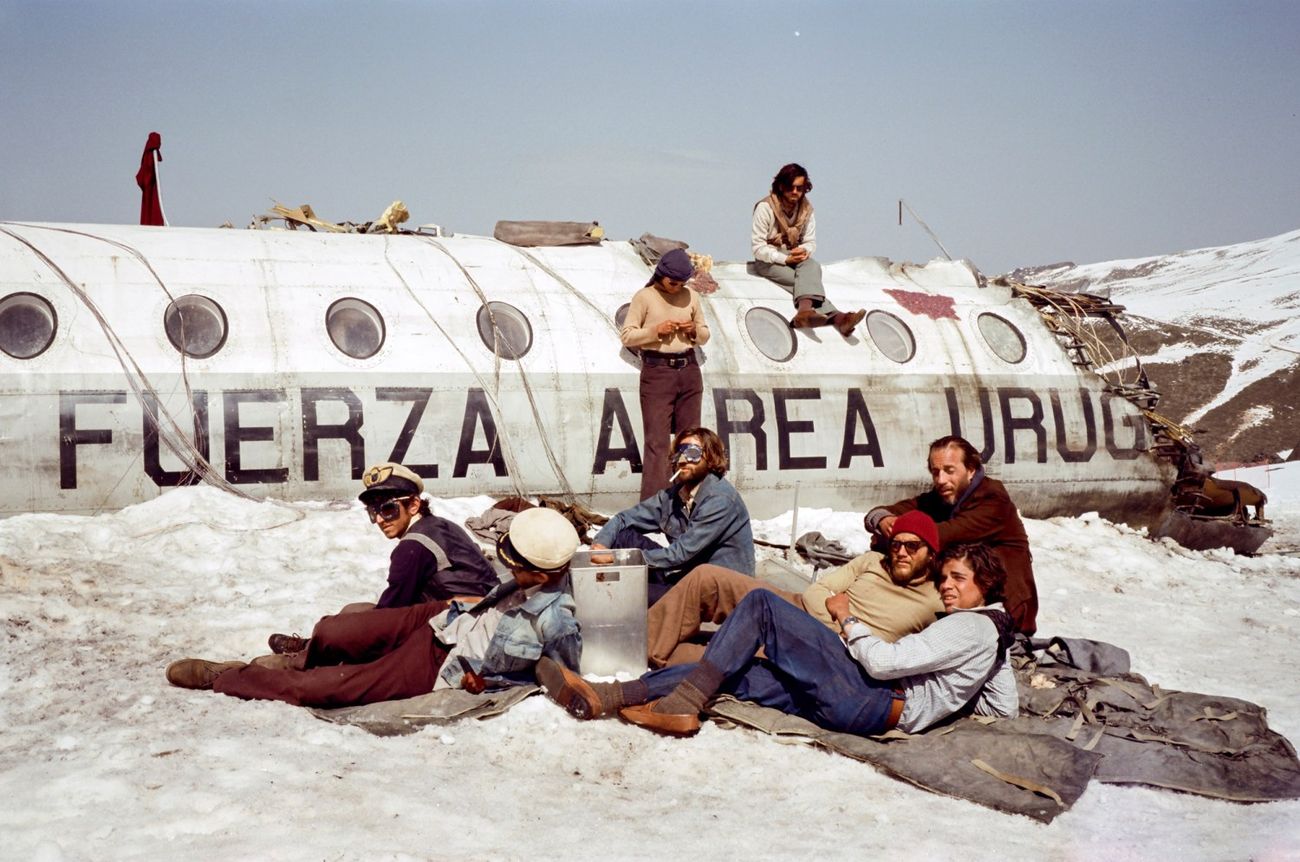
What happened during the Andes Plane Crash? The Andes Plane Crash of 1972 is a story of survival against all odds. A Uruguayan rugby team, along with their friends and family, were flying to Chile when their plane crashed into the Andes Mountains. Out of the 45 passengers, only 16 survived the harsh conditions for 72 days. They faced extreme cold, avalanches, and scarce food supplies. The survivors made a tough decision to eat the bodies of those who had died to stay alive. Their incredible journey of endurance and human spirit continues to inspire and shock people around the world.
Key Takeaways:
- The Andes plane crash is a remarkable story of survival against all odds, showcasing the strength of the human spirit and the importance of teamwork in the face of adversity.
- The legacy of the Andes plane crash continues to inspire and teach valuable lessons about resilience, crisis management, and the human will to survive, even in the most extreme conditions.
The Tragic Event
The Andes plane crash, also known as the Miracle of the Andes, is a story of survival against all odds. This tragic event has fascinated people for decades. Here are some compelling facts about this incredible story.
-
The crash occurred on October 13, 1972, when a Uruguayan Air Force Fairchild FH-227D crashed into the Andes Mountains.
-
The plane was carrying 45 passengers, including members of a Uruguayan rugby team, their friends, and family.
-
The crash site was located at an altitude of approximately 3,600 meters (11,800 feet).
-
Severe weather conditions and the remote location made rescue efforts extremely difficult.
The Struggle for Survival
Surviving in the harsh conditions of the Andes required unimaginable strength and resilience. Here are some facts about the survivors' struggle.
-
Only 27 of the 45 passengers survived the initial crash.
-
The survivors faced freezing temperatures, with nighttime lows reaching -30°C (-22°F).
-
They had limited food supplies, which ran out after just a few days.
-
To stay alive, the survivors resorted to eating the bodies of those who had died in the crash.
-
They melted snow for drinking water using metal from the plane.
-
The survivors built makeshift shelters using parts of the wreckage to protect themselves from the elements.
The Rescue Mission
The rescue mission was a race against time and nature. Here are some key facts about how the survivors were eventually found.
-
The search for the missing plane was called off after eight days due to severe weather and lack of progress.
-
Two survivors, Nando Parrado and Roberto Canessa, trekked for ten days through the mountains to find help.
-
They encountered a Chilean shepherd, Sergio Catalán, who provided them with food and alerted authorities.
-
The Chilean Air Force launched a rescue mission after being informed by Catalán.
-
On December 20, 1972, after 72 days in the mountains, the first group of survivors was rescued.
-
The final group of survivors was rescued on December 23, 1972.
The Aftermath
The aftermath of the Andes plane crash left a lasting impact on the survivors and the world. Here are some facts about what happened after the rescue.
-
Out of the 45 passengers, only 16 survived the ordeal.
-
The survivors were hailed as heroes in Uruguay and around the world.
-
The story of their survival was later documented in books, movies, and documentaries.
-
The most famous book about the crash is "Alive" by Piers Paul Read, published in 1974.
-
A film adaptation of the book, also titled "Alive," was released in 1993.
-
The survivors formed a close-knit group and continue to meet regularly.
-
The crash site has become a pilgrimage destination for those interested in the story.
-
The survivors have shared their experiences in numerous interviews and public appearances.
Psychological and Physical Impact
The psychological and physical toll on the survivors was immense. Here are some facts about the impact of the crash on their lives.
-
Many survivors suffered from post-traumatic stress disorder (PTSD) after the ordeal.
-
Some survivors experienced survivor's guilt, questioning why they lived while others did not.
-
The physical injuries sustained during the crash and the subsequent struggle for survival left lasting scars.
-
Despite the trauma, many survivors went on to lead successful lives and careers.
-
Nando Parrado became a motivational speaker, sharing his story of survival and resilience.
-
Roberto Canessa became a renowned pediatric cardiologist.
Legacy and Lessons
The legacy of the Andes plane crash continues to inspire and teach valuable lessons. Here are some facts about the enduring legacy of this event.
-
The story highlights the importance of teamwork and cooperation in the face of adversity.
-
It also underscores the human will to survive, even in the most extreme conditions.
-
The crash led to improvements in aviation safety and search-and-rescue operations.
-
The survivors' story has been used in various educational and training programs to teach resilience and crisis management.
-
The crash remains one of the most remarkable survival stories in history.
-
The Miracle of the Andes serves as a testament to the strength of the human spirit.
Lessons from the Andes Plane Crash
The Andes Plane Crash of 1972 stands as a powerful reminder of human resilience and the will to survive. Stranded for 72 days, the survivors faced unimaginable challenges, including extreme cold, avalanches, and a lack of food. Their story teaches us about the strength of the human spirit and the importance of teamwork in dire situations.
This tragic event also led to significant improvements in aviation safety and search-and-rescue operations. The survivors' ordeal highlighted the need for better emergency protocols and communication systems.
While the crash was a heartbreaking event, the courage and determination shown by those who lived through it continue to inspire. Their story is a testament to the power of hope and the lengths people will go to stay alive.
Frequently Asked Questions
Was this page helpful?
Our commitment to delivering trustworthy and engaging content is at the heart of what we do. Each fact on our site is contributed by real users like you, bringing a wealth of diverse insights and information. To ensure the highest standards of accuracy and reliability, our dedicated editors meticulously review each submission. This process guarantees that the facts we share are not only fascinating but also credible. Trust in our commitment to quality and authenticity as you explore and learn with us.


